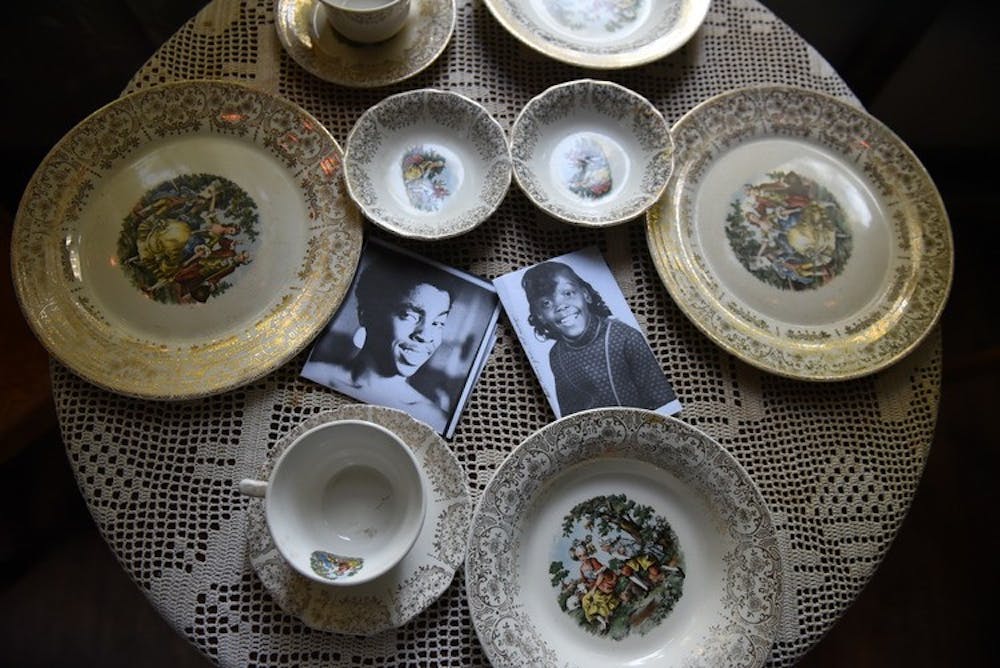Tucked away amongst rows of houses in a residential area of Germantown is The Colored Girls Museum. Walk through the front door to find a living room filled top to bottom with things, things and more things: oil paintings and posters, vases and wooden statues on tables of all sizes, chairs of all colors, lace doilies on cupboards. The bedrooms are filled with old photographs, clocks that work, clocks that don't and bed sheets. You'll wonder: Have I ever been in a museum like this? No, you haven't.
The museum blends art, social commentary, history and revolution. The focus is exclusively on actively collecting and preserving the artifacts and items of black women, who donate objects that are meaningful to their life experiences. Vashti DuBois, a Philadelphia native, established the museum when she saw an urgent need to capture the history and the voices of women of color in the United States. She decided to transform her home into a pop–up museum to fill the gap between the stories that were being told and those who should actually be telling them. (She, surprisingly, still lives in her house.)
DuBois initially collected items through communities she had interacted and worked with. She then had local artists curate different rooms to transform them into carefully thorough exhibitions; the laundry room, for example, was transformed into a shrine to the washerwoman––a deeply powerful and engaging concept for many black women, as many of the members of their family of older generations had partaken in this labor. Similarly, the tool shed was transformed to focus on black female factory workers through photography and other inventories. The overall exhibition house should be deemed an exhibition whose purpose is to explicate and illuminate on what it means to be a woman of color in the United States—through the perspective of women of color.
The museum is considered to be groundbreaking because
it is one of the first to examine
personal objects and artifacts
as its sole source of historical,
quantifiable evidence. More
importantly, however, and in
the words of Lisa, a woman
who was at the museum when I
visited, "The historic house was
transformed into a museum to
share the artifacts of herstory."
Herstory.
The great thing about The Colored Girls Museum is that it gives a voice to a population historically oppressed, as the women who have contributed to this museum have actively been silenced for being women, for being black—and at many times, for both reasons. The museum has collected objects from women across time to create a cohesive collection that provides for both an individual and a collective voice that refuses to be silenced. Its purpose is to create a sanctuary for black girls—a space where people can celebrate and honor the things they believe have shaped them. Just as well, how- ever, it is a space so that people can honor and elevate them.
Black women have been an integral, key part of creating the American nation. An integral part in shaping the very city that we currently live in.
So SEPTA to 4613 Newhall Street, and go honor them too.

